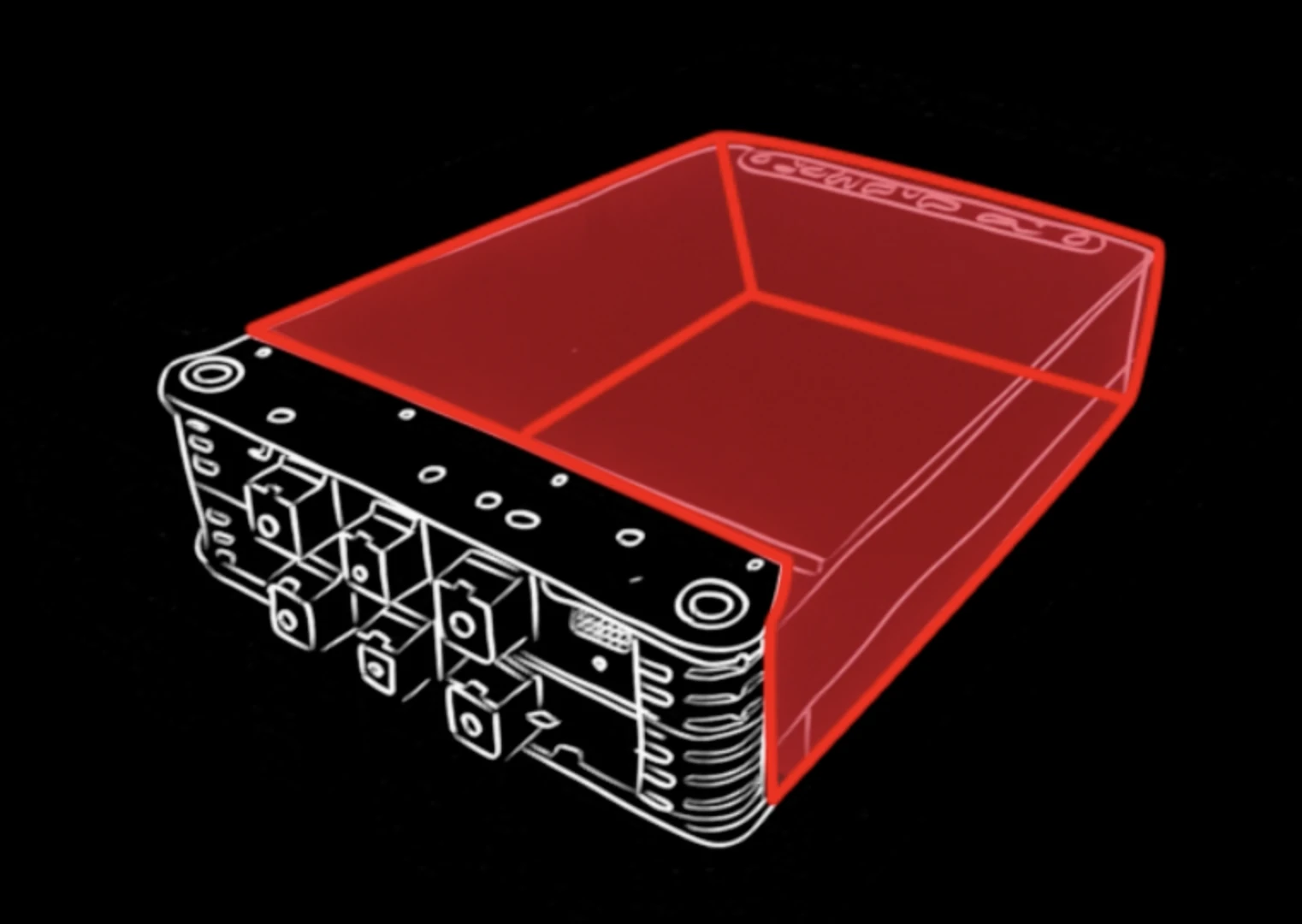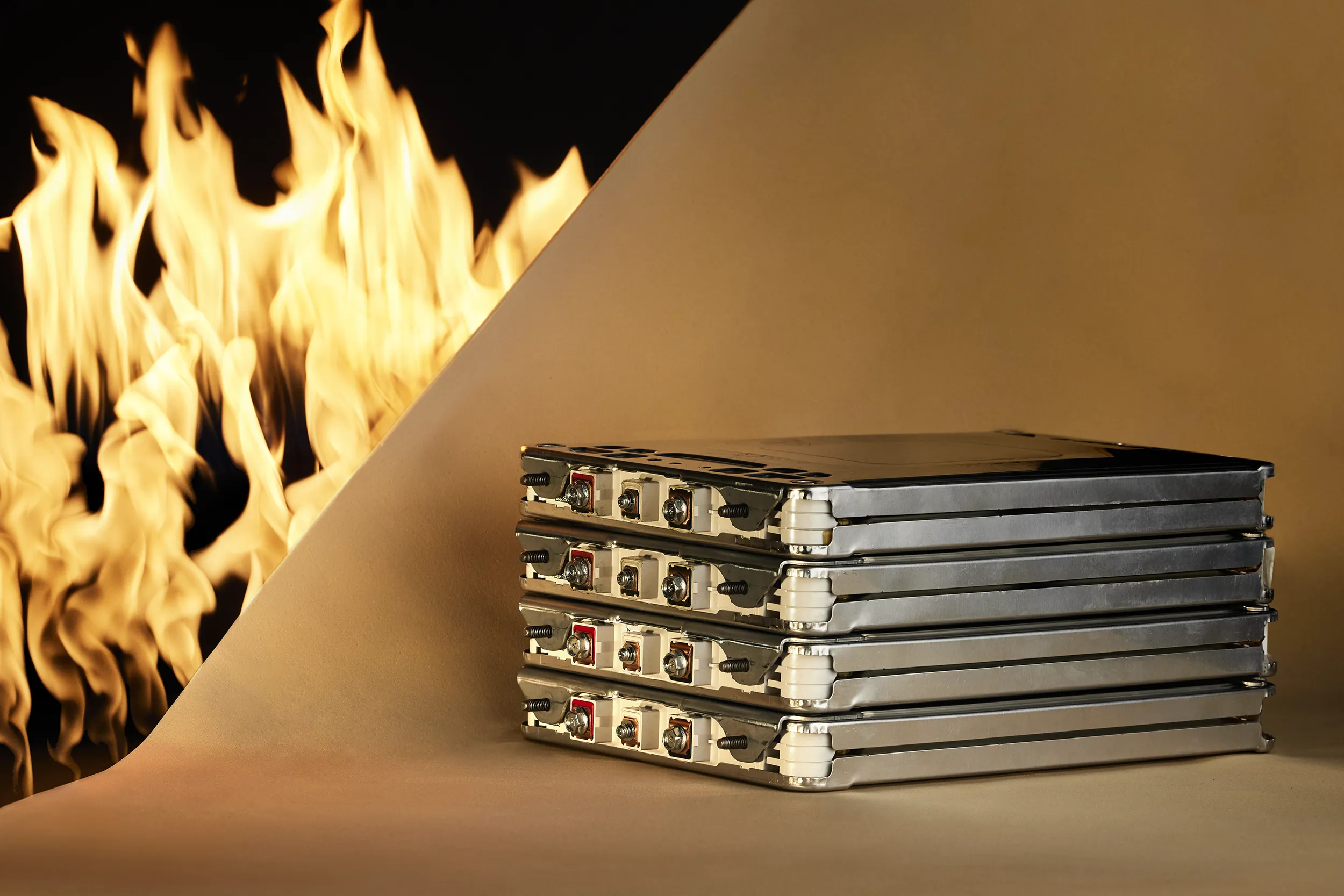
Aerogel ApparelAerogel Footwear
Q&A: Understanding Aerogel
Q1: What is aerogel?
A1: Aerogel is a synthetic material known for its extremely low density and excellent insulating properties. It’s composed of a gel in which the liquid component is replaced with gas, resulting in a solid, porous structure. This unique composition gives aerogel its characteristic lightness and appearance, often referred to as “frozen smoke” or “solid air.”
Q2: How is aerogel made?
A2: Aerogel is made through a process called supercritical drying, where the liquid in a gel is carefully replaced with a gas. This process prevents the collapse of the delicate structure of the gel, allowing it to retain its porous nature. Common materials used to make aerogels include silica, carbon, and metal oxides.
Q3: What are the key properties of aerogel?
A3: Aerogel is known for several remarkable properties, including:
- Low Density: It’s one of the lightest solid materials in existence.
- High Porosity: Aerogel is made up of up to 99.8% air, giving it a unique structure.
- Excellent Insulation: It has a very low thermal conductivity, making it a superb insulator.
- Transparency: Some types of aerogel, particularly silica-based ones, are nearly transparent.
- High Surface Area: The porous structure provides a large surface area, useful in applications like catalysis.
Q4: What are the common applications of aerogel?
A4: Aerogel’s unique properties make it suitable for a wide range of applications, including:
- Thermal Insulation: Used in building insulation, spacecraft, and clothing to provide excellent thermal protection.
- Oil Spill Cleanup: Its high porosity and hydrophobic nature allow it to absorb large amounts of oil.
- Catalysts and Filters: The high surface area of aerogels makes them ideal for use in chemical reactions and filtration systems.
- Lightweight Structural Components: In aerospace and other industries, aerogel is used where lightweight and strength are critical.
Q5: Are there any downsides to using aerogel?
A5: While aerogel has many advantages, it also has some limitations:
- Brittleness: Aerogel can be fragile and prone to cracking or breaking under mechanical stress.
- Cost: The manufacturing process can be complex and expensive, making aerogel more costly than conventional materials.
- Hydrophobicity Variability: Not all aerogels are naturally hydrophobic, meaning some can absorb water and lose insulating properties if not properly treated.
Q6: What advancements are being made in aerogel technology?
A6: Researchers are continuously working on improving aerogel properties, such as enhancing its strength, making it more flexible, and reducing production costs. Innovations include developing polymer-reinforced aerogels and exploring new materials for aerogel production, which could expand its applications and make it more accessible. Solarcore is utilizing both silica and polymer aerogels to develop durable and innovative aerogel-based insulation solutions.






